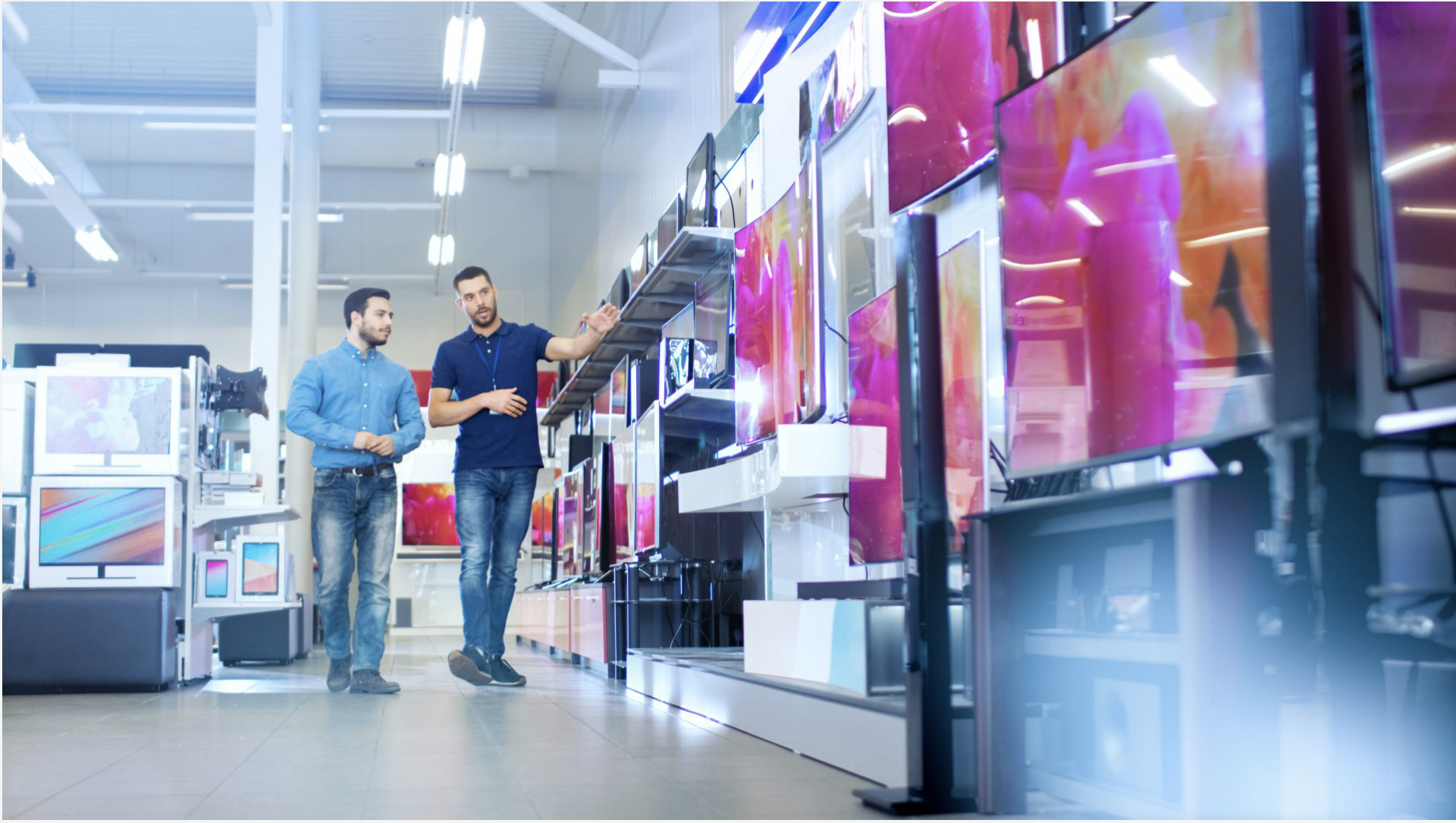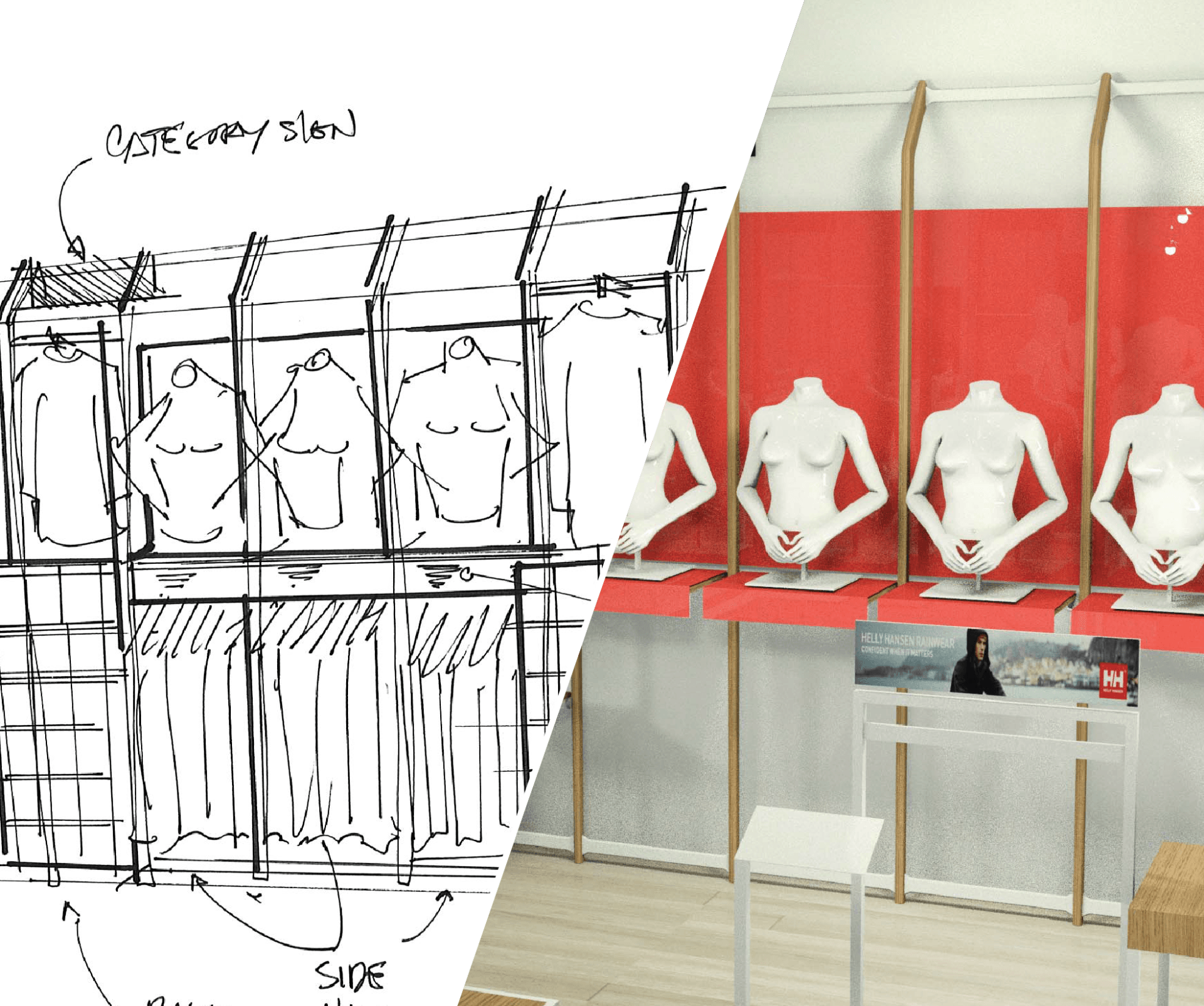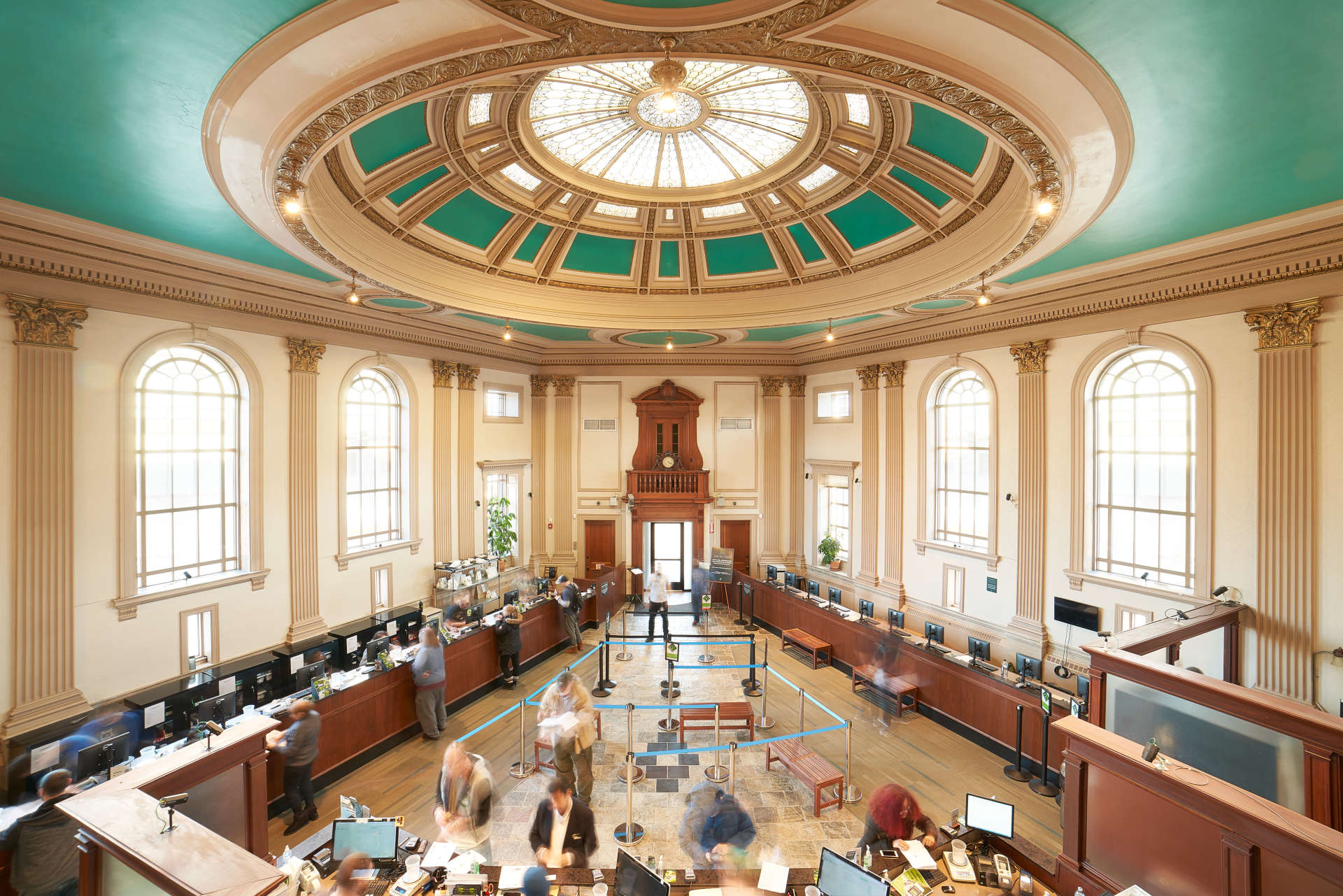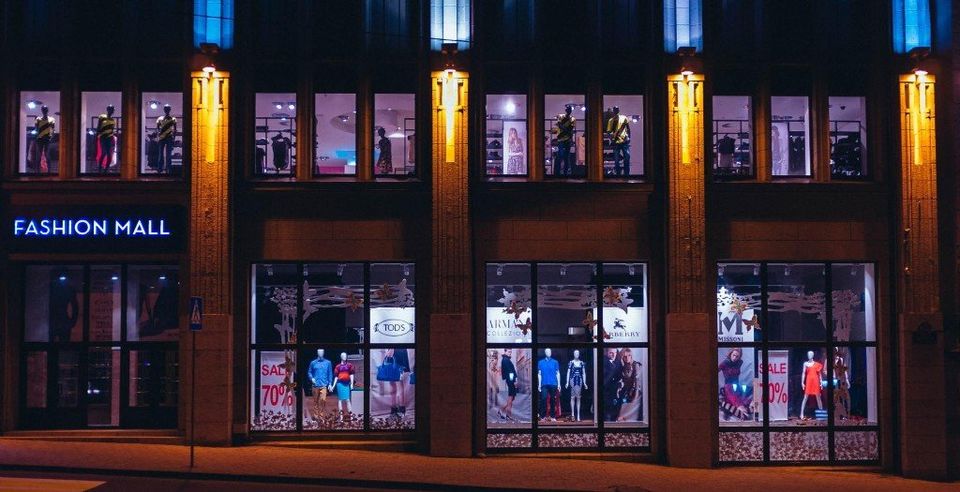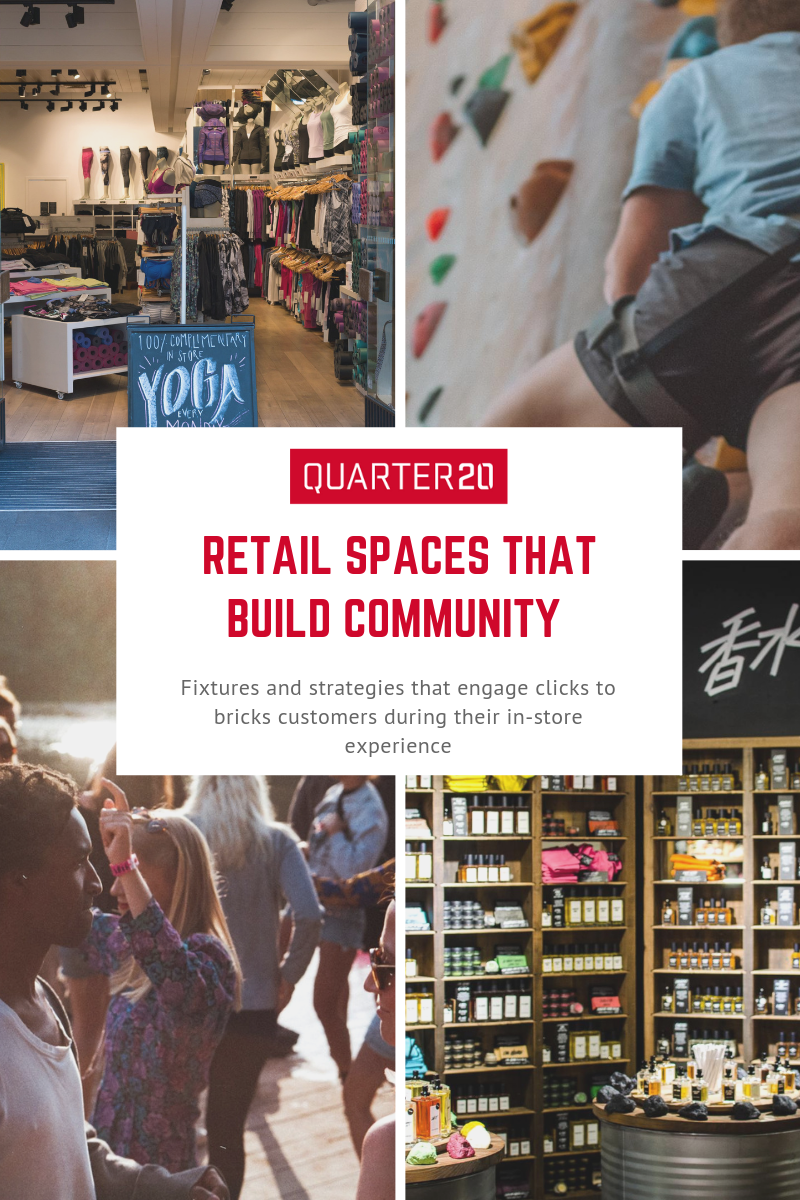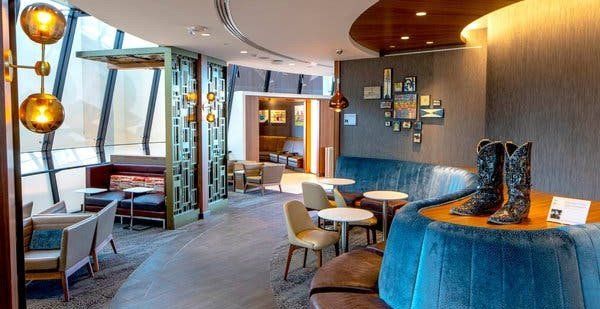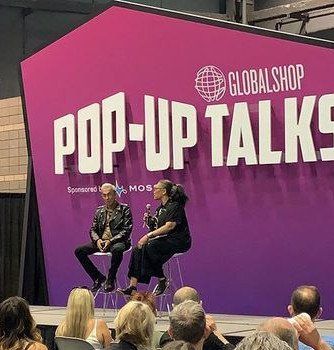5 Ways Retailers Adapt for an Urban Environment
As more people are attracted to metropolitan living, retailers that made their name in the suburbs are now looking for ways to adapt their brand for an urban environment. Stores are increasingly experimenting with ways to modify their concepts for smaller store footprints and urban needs. And adapting involves more than just shrinking the store to function as a scaled-down version of the suburban store. The strategies are as diverse as retail itself.
A recent article in Shopper Marketing Magazine
summarizes the approaches various retailers have taken to entering downtown markets. Retail environment design strategies for these urban stores fall into several categories.
- Flexible design.
For Target, flexibility is key to the success of their existing 59 urban locations, as well as the 71 locations that are slated to open in 2018. Target’s product mix varies for each of these locations, and is adjusted based on customer feedback. Target stocks items that sell at greater volume depending on the characteristics of the neighborhood – such as whether it is near a university or public transportation.
- Service focused offerings
. PetSmart launched The Groomery primarily as a pet salon, with a few upscale product offerings. These urban stores are intended to compete with local pet grooming establishments. They feature at least eight wide, adaptable grooming tabletops. CVS is also incorporating more services into its urban format stores, including an optical center and walk-in health clinic, along with its traditional pharmacy.
- Multiple urban formats
. In addition to its online presence, Amazon operates multiple urban bookstores, as well as two grocery pickup stores in Seattle. In January, Amazon famously launched its first cashier-less Go convenience store in Seattle. Go has provided Amazon an opportunity for gathering and analyzing data from Go customers’ behavior. It remains to be seen what Amazon will do with this data to tweak or expand the grab-and-go model.
- Urban product mix
. CVS debuted a 2-story format in 2017 that offers healthy food and an expanded line of beauty products. Products are offered in “discovery zones” based on interest, such as advanced skin care. At 15,000 square feet, the store is no smaller than a suburban CVS, but the layout is clearly tailored for city tastes and city real estate.
- Scaled down and reconfigured store designs
. To fit more limited urban real estate, many retailers completely rethink their store design. Lowe’s locations in cities like Chicago and New York offer home improvement products tailored to the area. With urban stores that occupy less than half the traditional Lowe’s footprint, Lowe’s employs slimmer endcaps, shorter aisles, and digital touchscreens wherever possible. These stores carry a more limited inventory, particularly with larger items like appliances, and allow quick fulfillment from nearby stores.
It’s clear that when large retailers enter urban markets, some aspects of the retail environment design need to change. Working with an agile design company can help retailers shape their urban concept – whether that means expanding, reducing, adjusting, or molding to the needs of the changing market and trends. Overall, innovative designs all have one thing in common: a willingness to experiment with a new retail format designed specifically for an urban location.
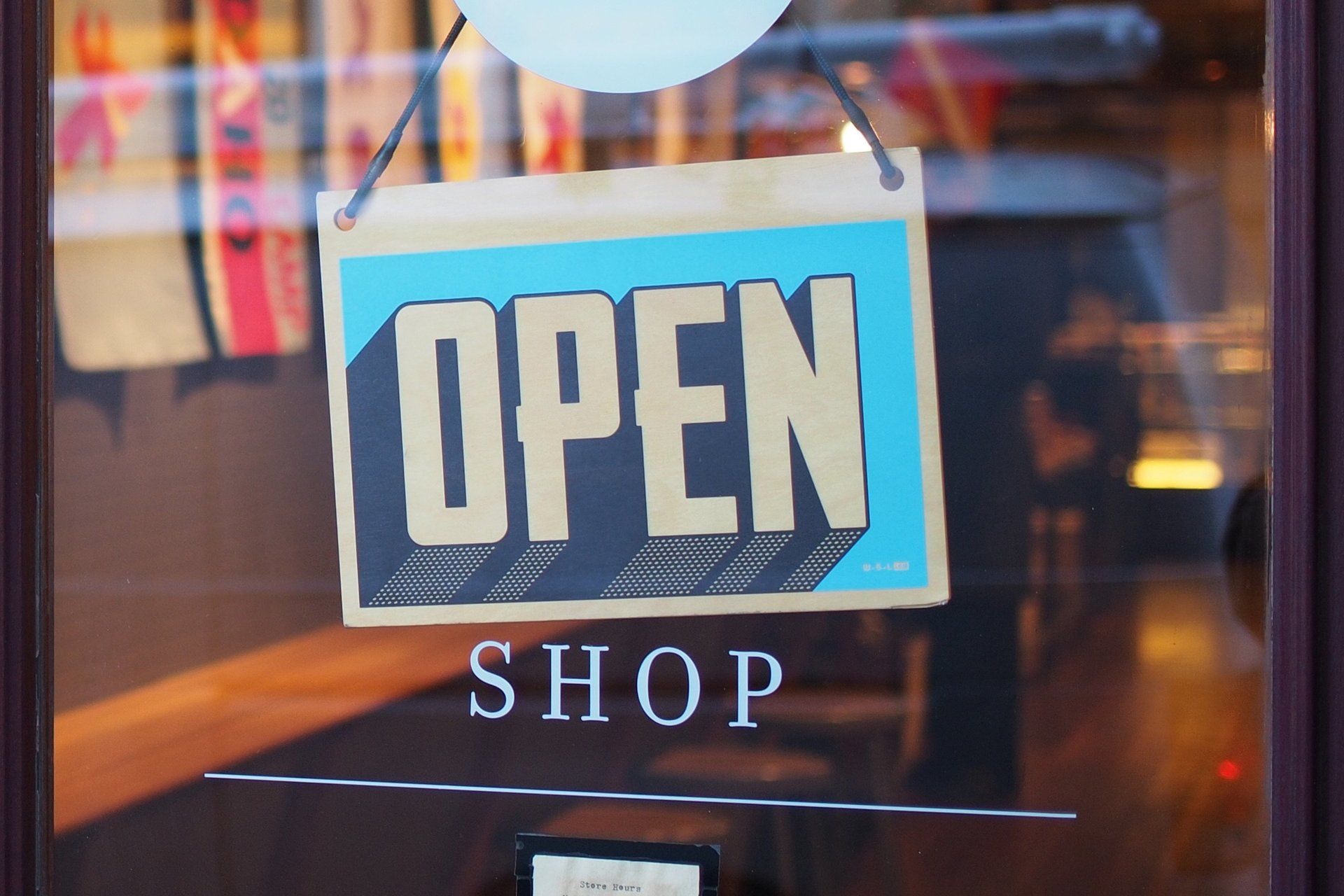

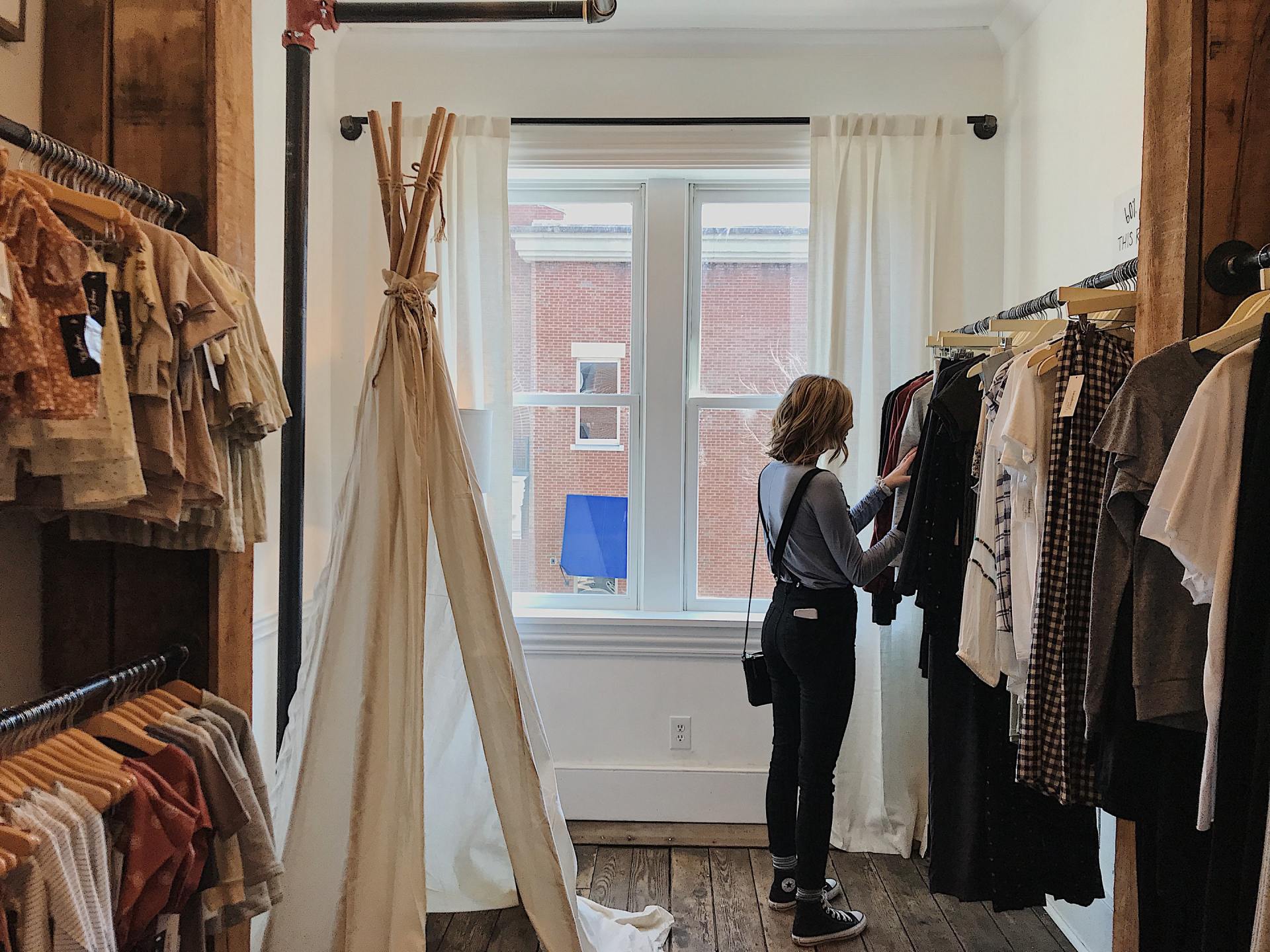
The Case For Convenience. How These Retailers Built Convenience Directly Into Their Brand Experience
